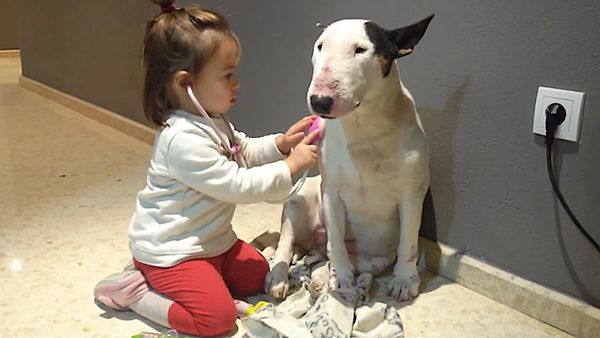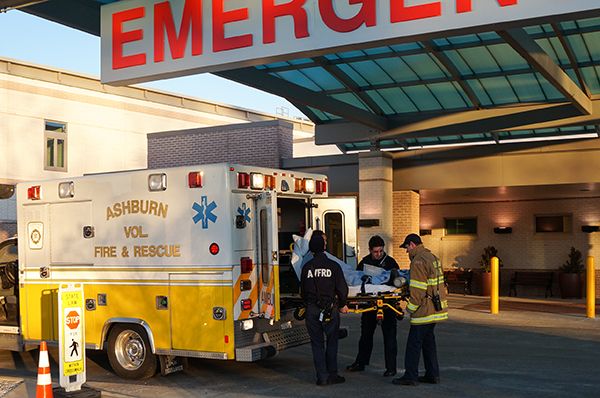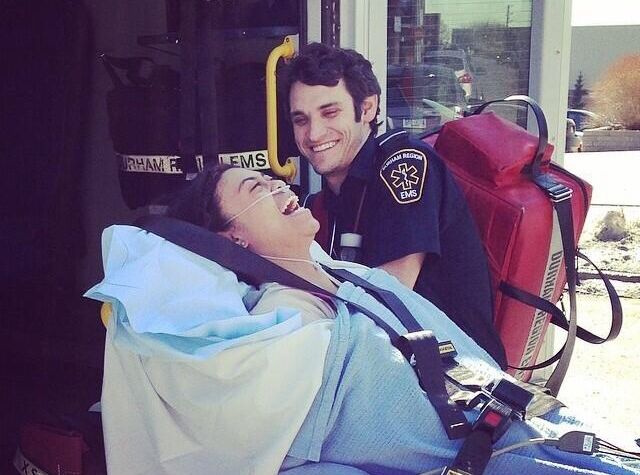By Uniform Stories
This is a guest post by Deborah Frediani. Check out her Facebook page here.
I received my first play doctor bag on Christmas Eve at the age of 7, and from that day on, it never left my side. I even kept it at my bedside at night just in case.
Besides the standard plastic stethoscope, candy pills and cheap plastic band-aids that came with the kit, I outfitted my kit with the “real stuff” like REAL bandages, tapes, band-aids and a thermometer.
Every day I made my way around my grandparents’ farm making “house calls” on the numerous animals and checked in on them. Most of my patients consisted of three dogs and the numerous barn cats whose injuries usually consisted of an occasional scratch or abscess from fighting. Any wounds would be cleaned with a cotton ball and peroxide or water from my little jam jar that I kept in my bag.

Even at that young age, I knew how important it was to keep wounds clean. I had watched my Grandma clean my own scrapes or scratches time and time again. Caregiving has always come naturally to me, like breathing. I have always felt the need to help people. I call it a gift, my calling in life.
But in the summer of 1976, my gift would soon be tested to the fullest extent. That summer, my little brother was 10-years-old when he was diagnosed with Leukemia. I was 12-years-old at the time. I remember the doctor telling us that he had less than a 10 percent chance of surviving. I remember trying to process all of the information, but it was overwhelming at that age.
Over the next year, I watched doctors and nurses care for my little brother as I held his hand during transfusions, spinal taps, etc. The procedures were interesting, but what I really watched was how they treated my little brother — their bedside manner and their attitude.

Most everybody we dealt with was wonderful, but we did have one doctor and one nurse who treated us in a cold, abrupt, unprofessional manner one frozen winter night when my brother was admitted to the ER with a hemorrhagic nosebleed during his treatments.
My brother was scared and crying, and the doctor yelled at him to “Shut up! Quit acting like a baby!” Mom took both the doctor and the nurse into the hallway of the hospital and told them what she thought. The administrator heard the commotion, and both the doctor and nurse were immediately removed from the case.
My little brother fought a difficult battle for a year before succumbing to his illness in August of 1977. That crisis taught me a great deal about medical stuff, but the most important lesson I learned is how to treat your patients and their families.
These are things that you simply cannot learn in a book. We as medical professionals undergo years of classes and training to keep our skills finely tuned and updated, but in all of my years of taking care of people, I have found that the three most important components of being a good EMT are respect, compassion and empathy. Without those, you are merely an emotionless robot.

I have found that 9 times out of 10, our patients and their family members only remember how they were treated. That is why on your way to each call, you need to prepare to treat your patient and their family as if they were your family.
I know how it is when you get swept up in the chaos of a bad call or a bad shift with back-to-back calls. We get so busy we all tend to lose sight of what‘s most important.
But no matter what is going on, you have to stop, regroup and remember our most important service is to treat our patients and their families with the utmost respect, compassion and empathy in their darkest hour.
Stay safe out there.












